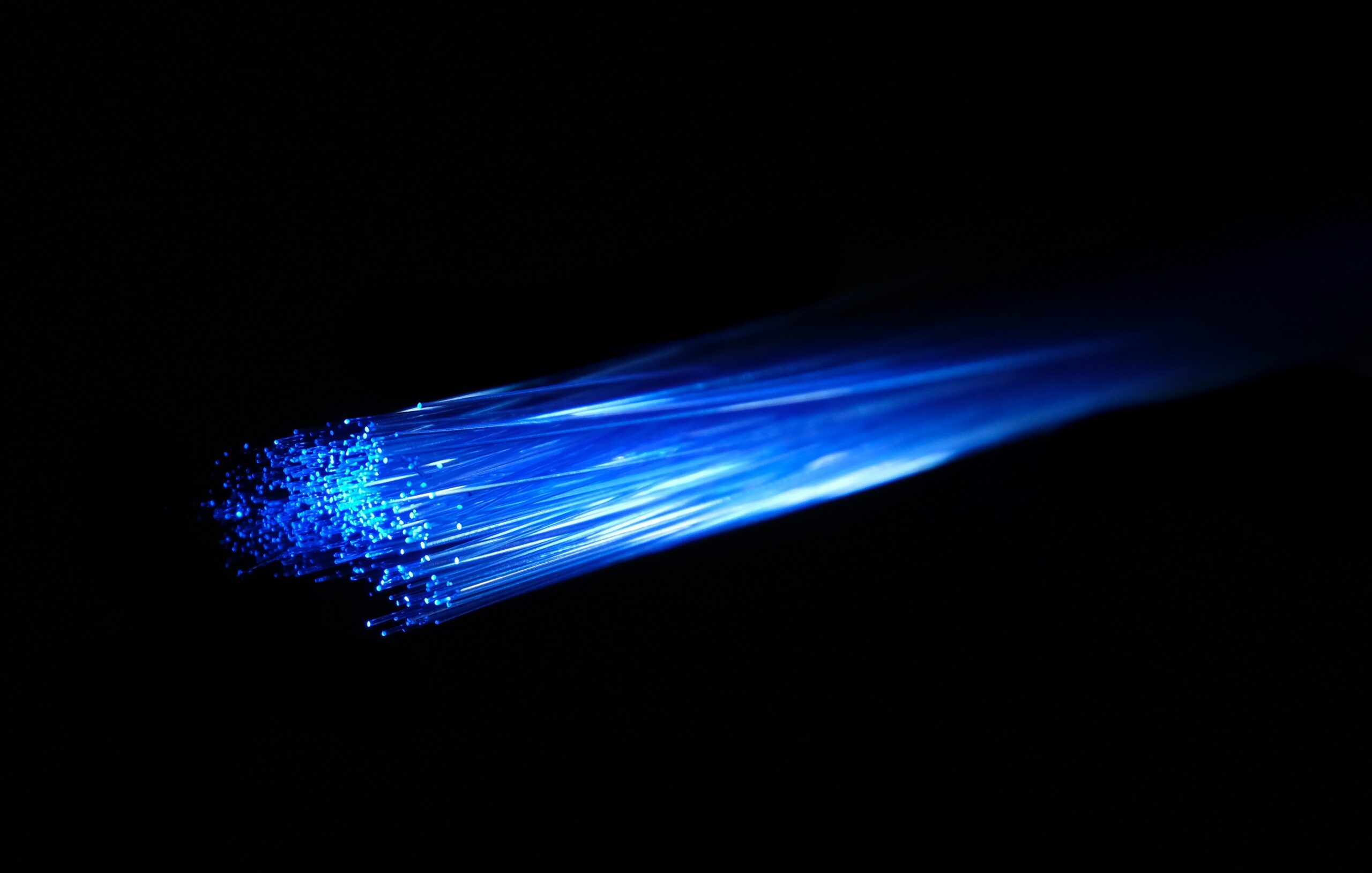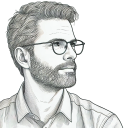Overcoming Optical Nerve Damage in a Photographer’s Journey of Adaptation and Creativity

Dealing with optical nerve damage as a photographer has been one of the biggest challenges of my career, but it hasn’t stopped me from pursuing my passion. The damage has affected my vision, making it harder to perceive depth, differentiate colors, and see details clearly—skills that are vital for any photographer. However, I’ve learned that this setback doesn’t have to be the end of my creative journey.
One of the first things I had to do was accept the changes to my vision. By acknowledging these limitations, I’ve been able to find new ways to adapt. I’ve started relying more on my other senses, like touch and hearing, to guide my work. This shift has opened up new perspectives and allowed me to approach photography in ways I hadn’t considered before.
Technology has also been a lifeline for me. Tools like high-contrast screens, voice commands, and magnification features have helped me manage the impact of my vision loss. I’ve even embraced black and white photography, which lets me focus on composition and texture, rather than being overwhelmed by color.
Collaboration has become more important than ever. Working with an assistant or another photographer helps me capture the shots I envision, despite my physical limitations. This teamwork has not only made my work possible but also introduced new creative possibilities.
Optical nerve damage has certainly changed how I approach photography, but it hasn’t diminished my love for it. By adapting and finding new ways to create, I’ve been able to continue doing what I love, proving that creativity can thrive even in the face of adversity.
Deep Dive:



Comments: